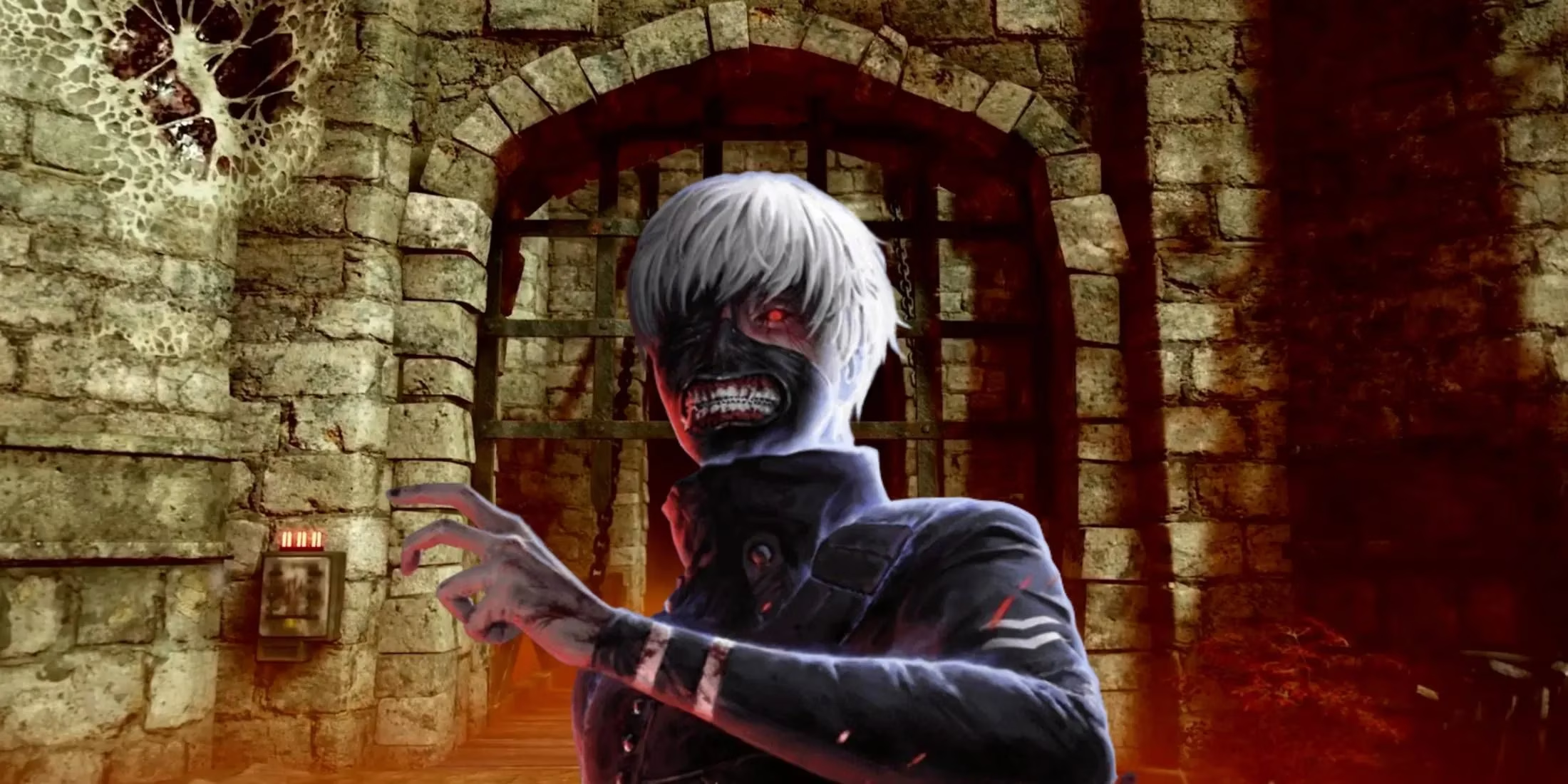The Fog trembled like a dormant beast sensing unfamiliar prey when the first tendrils of Tokyo Ghoul’s essence seeped into Dead by Daylight's eternal nightmare. Ken Kaneki’s arrival was less an introduction and more a visceral tear in the fabric of the Entity’s realm—a fractured mirror reflecting humanity’s monstrous duality. His descent into ravenous hunger became the Entity’s newest symphony, a discordant melody that echoed through the mist-shrouded corridors. This collaboration didn't merely add another killer; it shattered an invisible barrier, proving that anime’s most haunting tales could bleed into the game's macabre tapestry. Like a key turning in a rusted lock, Tokyo Ghoul opened a gateway where once stood an unyielding wall, whispering promises of otherworldly visitors yet unseen.
The Ravenous One's Debut
Ken Kaneki emerged not as the tormented hero of Shibuya's shadows, but as a masterpiece of corrupted resolve—a ghoul consumed by primal urges, willingly serving the Entity's insatiable hunger. His presence felt like a shard of stained glass catching moonlight: beautiful yet razor-sharp, reflecting fragmented memories of a humanity long discarded. Accompanying him were spectral echoes of Tokyo Ghoul’s universe—Survivor outfits weaving the aesthetics of Anteiku coffee shop regulars into the Fog, while Rize Kamishiro materialized as a Legendary skin. Her spectral visage clung to Kaneki like ivy on a crumbling cathedral, a constant reminder of the bite that birthed his damnation. Though no new Survivor emerged from this union, the chapter bloomed like a nightshade flower—poisonous, alluring, and impossible to ignore.

Whispers from the Manga: Junji Ito's Lingering Echo
Months before Kaneki’s footsteps stained the Fog with phantom blood, the Junji Ito Collection had already draped Dead by Daylight in skin-crawling elegance. Tomie’s smirk, Soichi’s nail-studded grin, and Miss Fuchi’s dental horrors materialized as cosmetic apparitions—more haunting reverie than tangible threat. These were ghosts in gilded frames: mesmerizing yet confined, their terror distilled into aesthetic relics rather than gameplay upheaval. Ito’s inclusion felt like finding pressed flowers in a grimoire—fragile testaments to horror’s literary roots. But where Ito’s nightmare remained behind glass, Tokyo Ghoul kicked down the gallery doors, introducing a fully animated predator to stalk the halls. The difference was tectonic: one adorned the walls, while the other rewrote the architecture.
Genre Horizons: Beyond the Bloodstained Gates
Kaneki’s integration proved Dead by Daylight’s boundaries were mirages, dissolving like sugar in black coffee. Lara Croft’s earlier debut had already hinted that courage could shine in the Entity’s gloom, regardless of genre origins. But Tokyo Ghoul danced on the razor’s edge—its horror steeped not just in gore, but in psychological decay and metamorphic agony. This blurred-line acceptance meant almost any narrative could bleed into the Fog:
-
Horror anime with existential dread (Parasyte’s symbiotic terror)
-
Psychological thrillers wrapped in flamboyance (JoJo’s Bizarre Adventure’s vampiric theatrics) 🧛♂️
-
Dark fantasies where humanity unravels (Berserk’s Eclipse-era Griffith)
The possibilities hung like suspended raindrops before a storm—each reflecting distorted glimpses of universes yet unclaimed.
The Fog’s New Cartography
With Five Nights at Freddy’s animatronic dread scheduled to arrive later in 2025, Behavior Interactive’s vision expands like ink in water—amorphous, inevitable. Tokyo Ghoul didn’t just add a killer; it became a cultural bridge where tragedy and terror hold hands across mediums. Kaneki stands as both omen and invitation: proof that anime’s emotional brutality can translate into interactive dread. Future collaborations might draw from:
| Potential Source | Why It Fits | Nightmare Fuel |
|---|---|---|
| Parasyte | Body horror & moral ambiguity | Migi’s detached transformations |
| Hellsing | Gothic excess & vampiric lore | Alucard’s nihilistic grandeur |
| Attack on Titan | Existential scale & monstrous design | Pure Titans’ vacant hunger |
Conclusion: An Open Wound
Kaneki’s integration feels like lightning splitting an ancient oak—a violent, beautiful rupture signaling growth. The Fog now breathes with possibilities, each collaboration a stitch weaving pop culture’s disparate nightmares into the Entity’s quilt. Tokyo Ghoul proved that horror isn’t confined to Western crypts or Japanese folktales; it thrives in the liminal spaces between heroism and monstrosity. As players navigate this expanded labyrinth, one question lingers like a half-remembered dream: When the next anime soul falls into the Fog, will they arrive as hunter, hunted—or something gloriously in between?
Leave a Comment